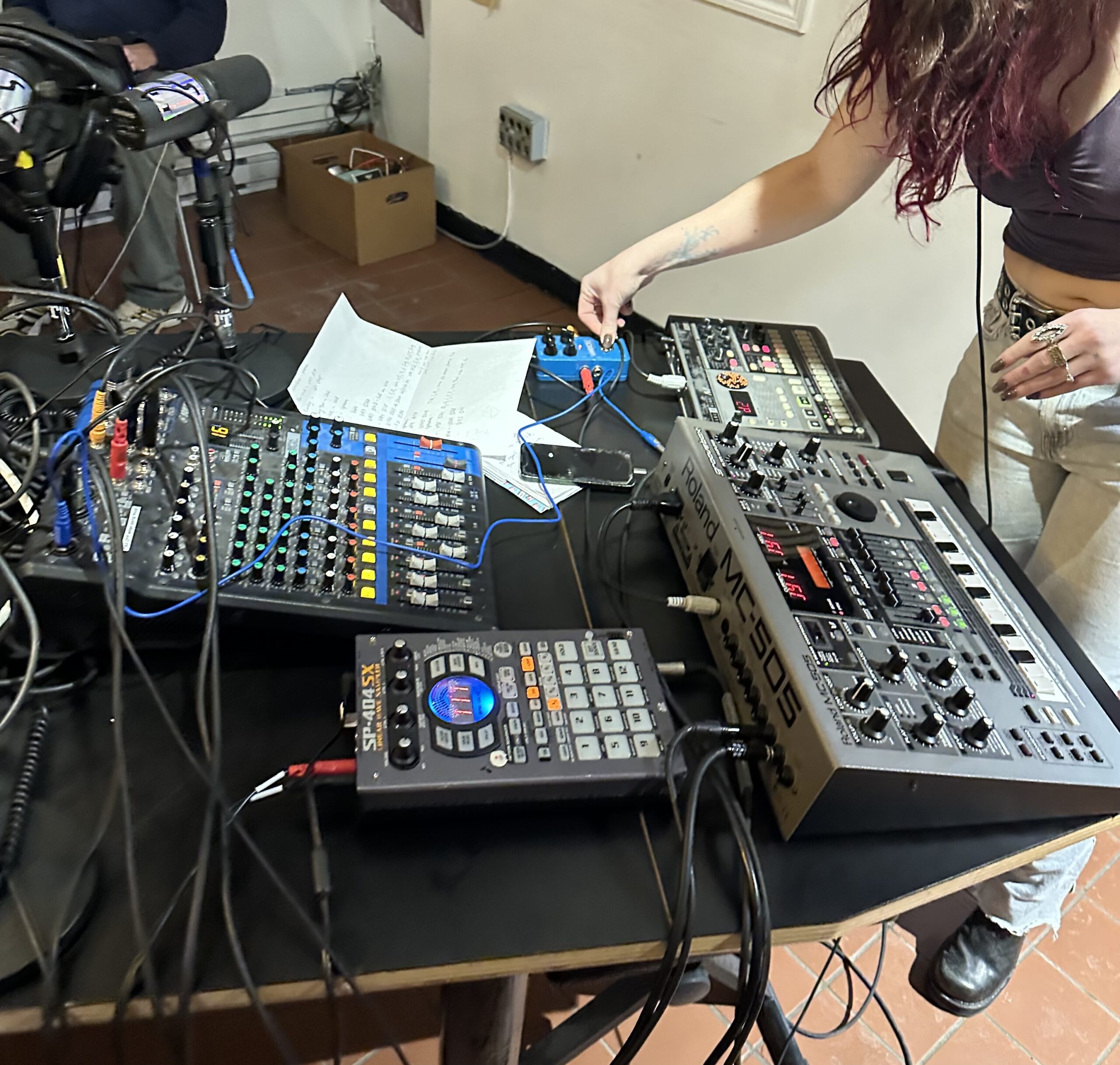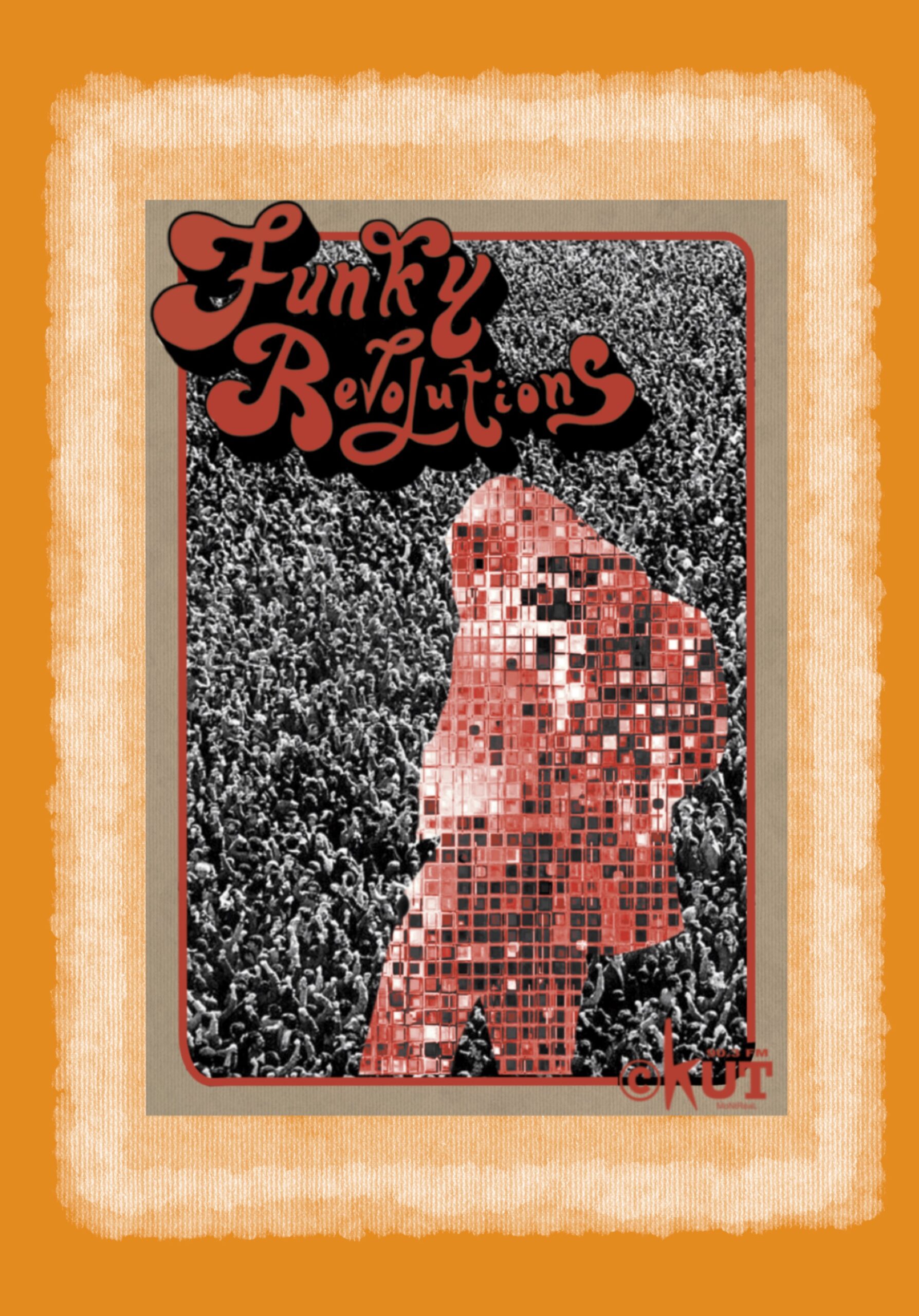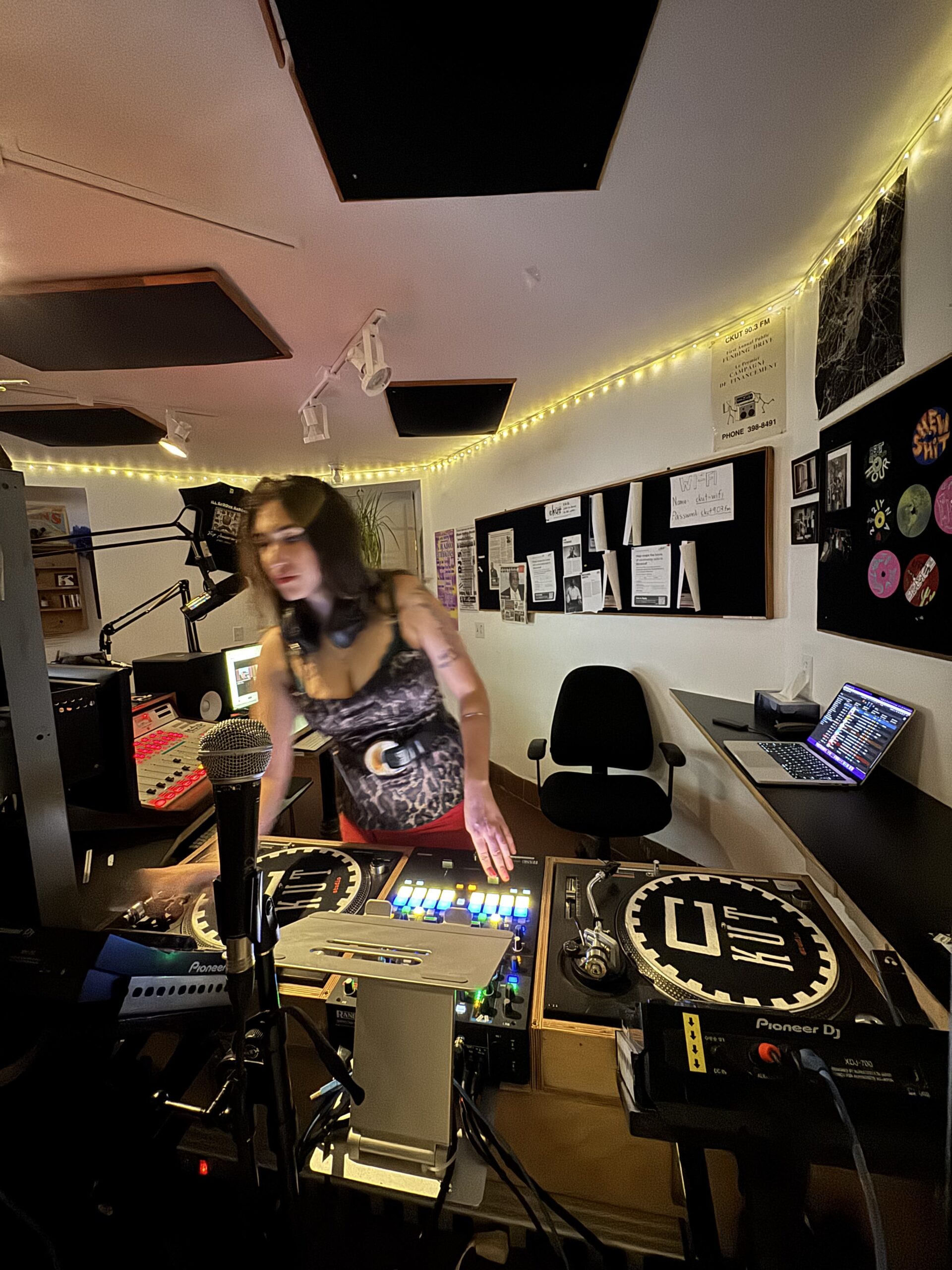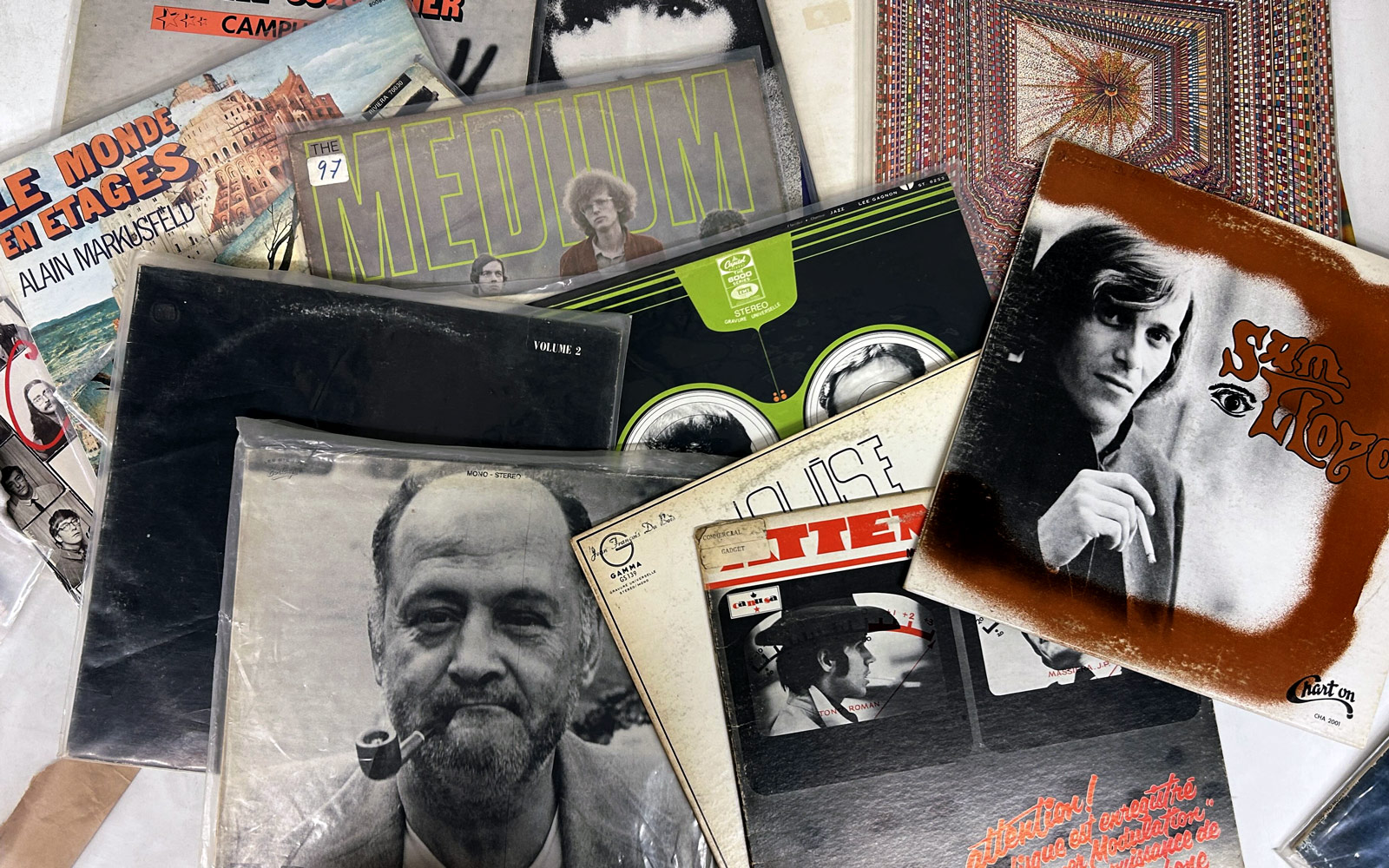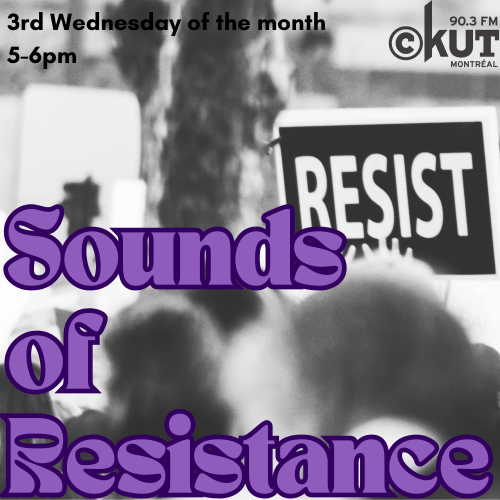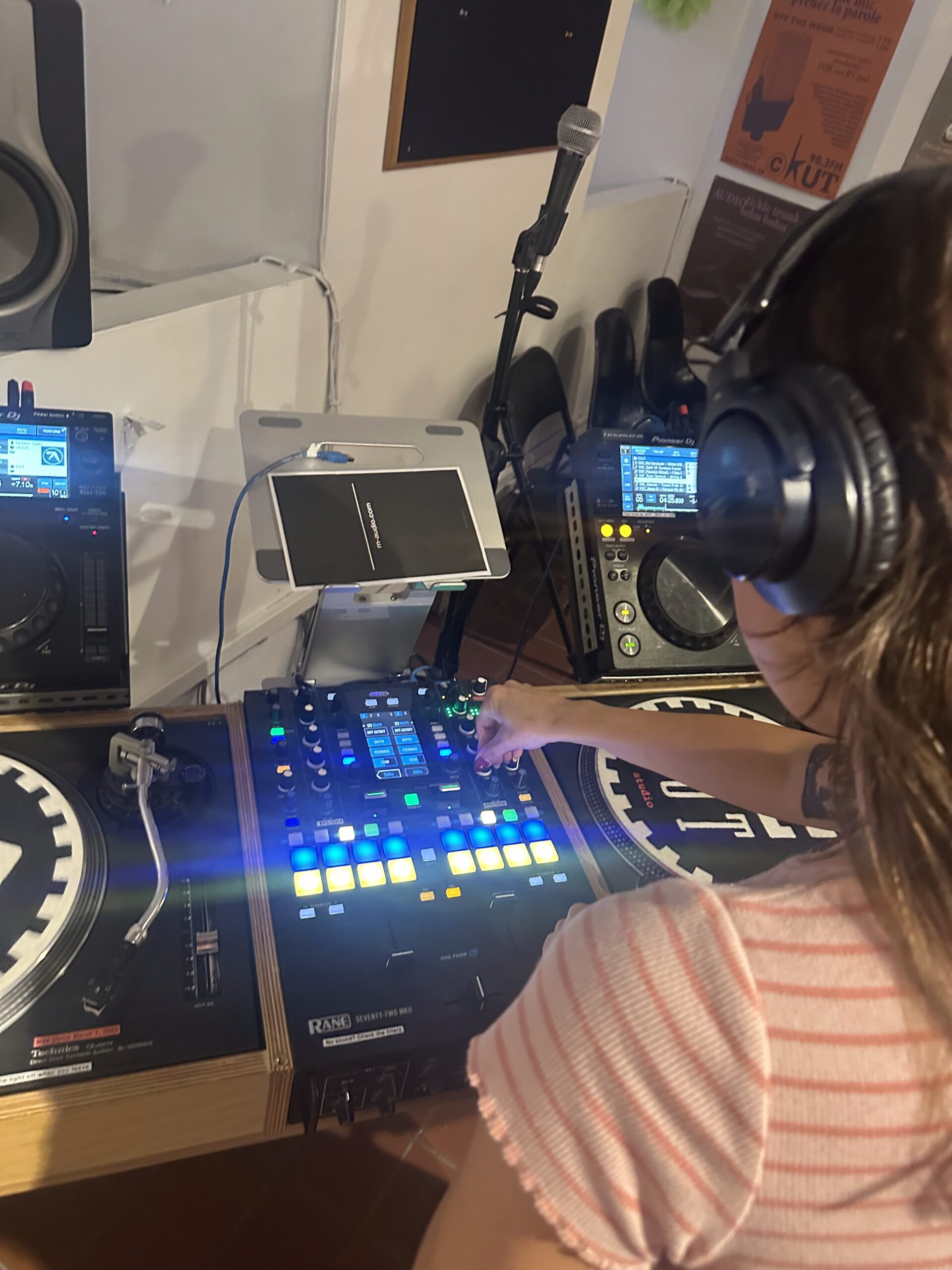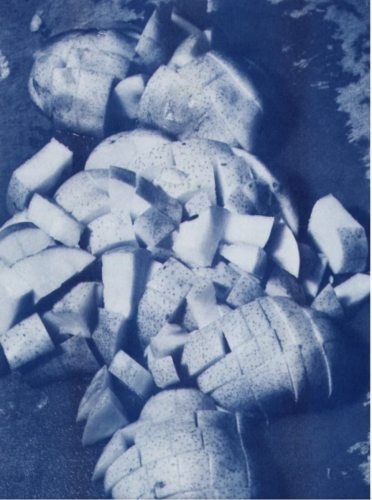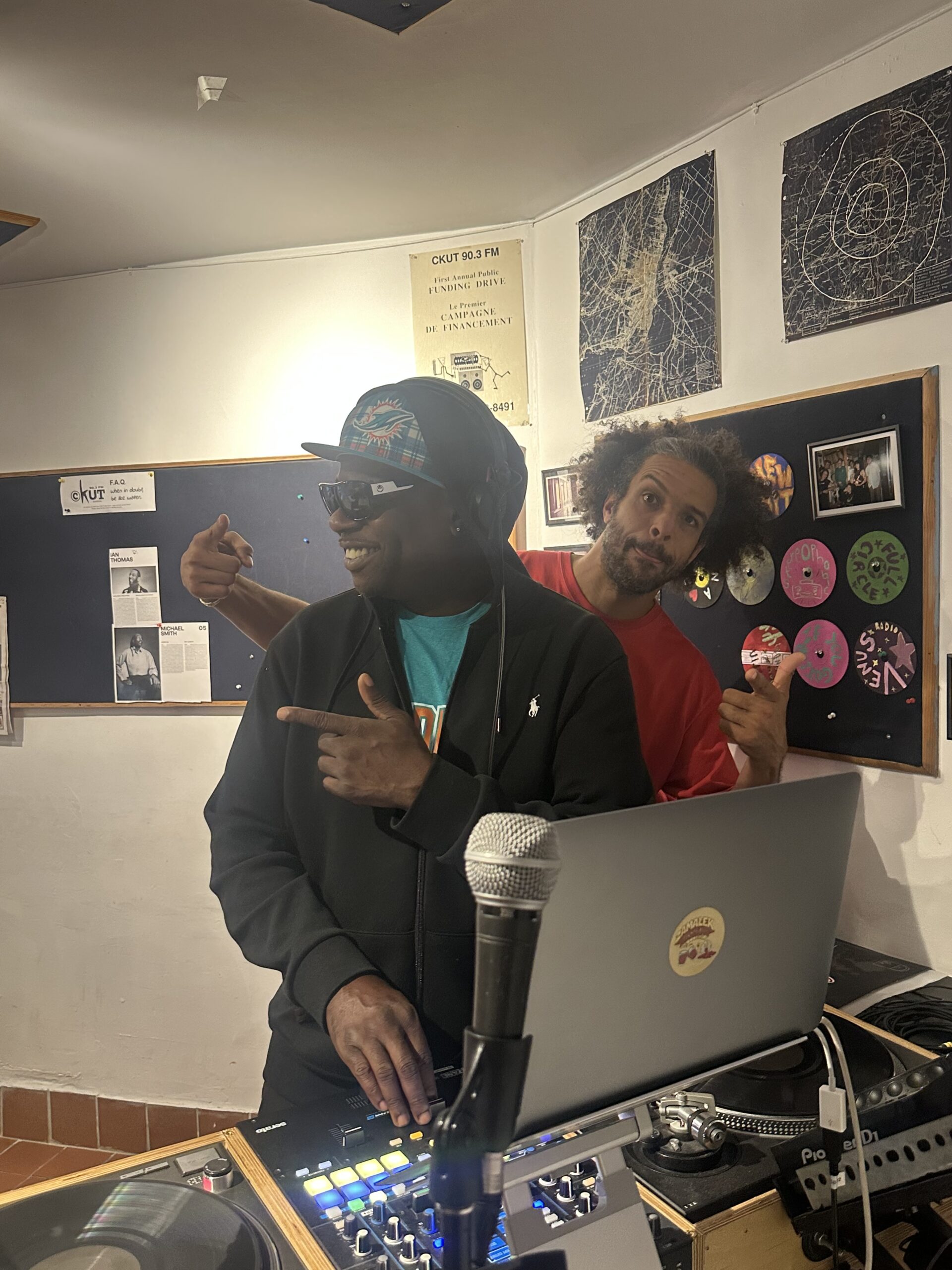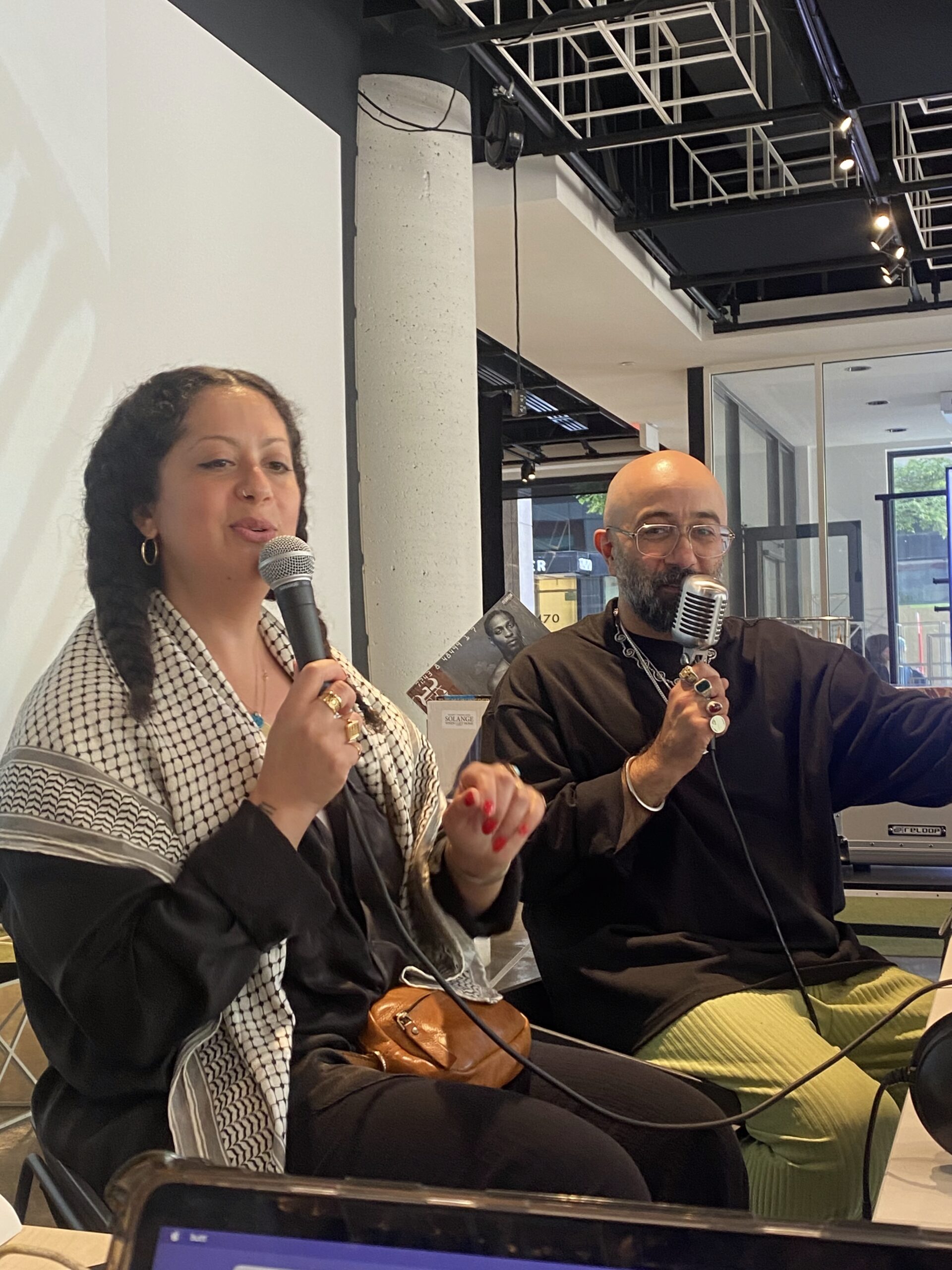Album Review: Nick Kuepfer and Tamara Filyavich – Sonic Carvings with Self Healing Clay/Return Fire Co-Release
By Donovan Burtan

Artistic collaboration is an important way of increasing an individual’s impact by exposing the contrast in each artist’s point of view. The right blend of surroundings is vital to an individual sound’s significance and the juxtaposition of sounds that stretch into opposite directions shines more light on the qualities that make each one beautiful. By featuring two entirely different sound artists on the same tape, The Howl Arts Collective has accomplished both a respect for artistic individuality and a display of thought-provoking contrast on their Sonic Carvings with Self Healing Clay/Return Fire Co-Release from Nick Kuepfer and Tamara Filyavich. Kuepfer’s montage of texturally satisfying samples is met by Filyavich’s taste for sound development and elongation. The idea of displaying each of these approaches in a no-correct-answer setting allows for a captivating conversation between the two.
Kuepfer’s approach to soundscape emphasizes a rhythmic texture through the use of constantly changing sound samples. His Liner Notes feature an in-depth list of how each sound was created with highlights being “train somewhere, Sweden,” and “air bubbling through frozen sand, Svalbard,” and “improvisation with discarded accordion reeds in community center gymnasium Pyramida, Svalbard.” The eclectic list of sound generation makes for an exciting mish-mosh of ideas that transitions efficiently throughout the twenty-five minute piece. The sound of the sea crashing onto the shore evolves into an electronic rattling sound. Later on, church bells fade away as animal sounds briefly bring the listener into a rainforest setting before mechanical noises emerge from the fog. Besides their smooth transitions, the different sounds are tied together by their particular investment in an accented, rhythmic texture. The bubbling sound, the rushed footsteps, and the wind chimes all find their beauty in the way they are repeatedly articulated as opposed to the work of Filyavich on the next piece that tends to stress drawn out sounds.
“Return Fire” has a certain heaviness to it. The emotion behind Filyavich’s message is clear from the spacey beginning. The melodic strokes of the piano are met with a dramatic electronic presence before the start of “Plyve Kacha,” a Ukrainian folk song that sets the tone for the rest of the piece. The solemn nature of the choir is reflected in the electronic screeching of the next passage and the subtle touch of a child crying in the background as the choir fades away encompasses the somber nature of the whole message. As the song moves on more action seems to be taking place. The electronic waves start to embody a high frequency and more rhythmic tension is created through the use of different synthesizer sounds over the sequencing wave formation. After this manipulation of texture, the piece comes to a climax with a high pitched ringing sound before ending in a texturally contrasting way to the beginning. The song operates in an evolutionary way as each sound seems concocted out of the last. Although sound transitioning was highly valued on Kuepfer’s Sonic Carvings with “Self Healing Clay,” “Return Fire” is more cohesive and it feels more like melodic elongation than sound collaging.
It is important to note Filyavich’s deep personal connection with her subject matter. According to Howl Arts website, Filyavich moved to Montreal with her family from Ukraine 20 years ago and her song is meant to pay tribute to the events of the Ukrainian revolution of 2013-14. The idea of seeing one’s home torn apart by war is frightening and Filyavich’s separation from her homeland must have taken some incredible bravery. Through listening to her work I feel that I have witnessed some of her struggle translated into sound art and the impact of it all achieves an emotional authenticity uncommon in the current artistic situation.
The brilliance of each song is clear and they both could obviously entertain an audience alone, but the combination of each of their sounds provides for an intriguing crossing of paths. The contrasting aspects of their must heighten the overall experience culminating in a magnificent example of the power of collaboration.
